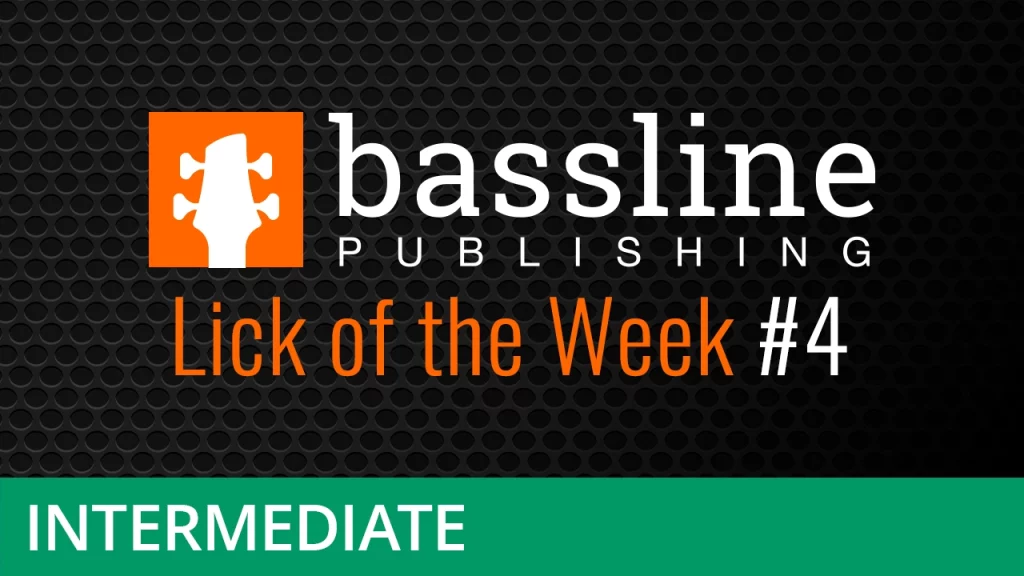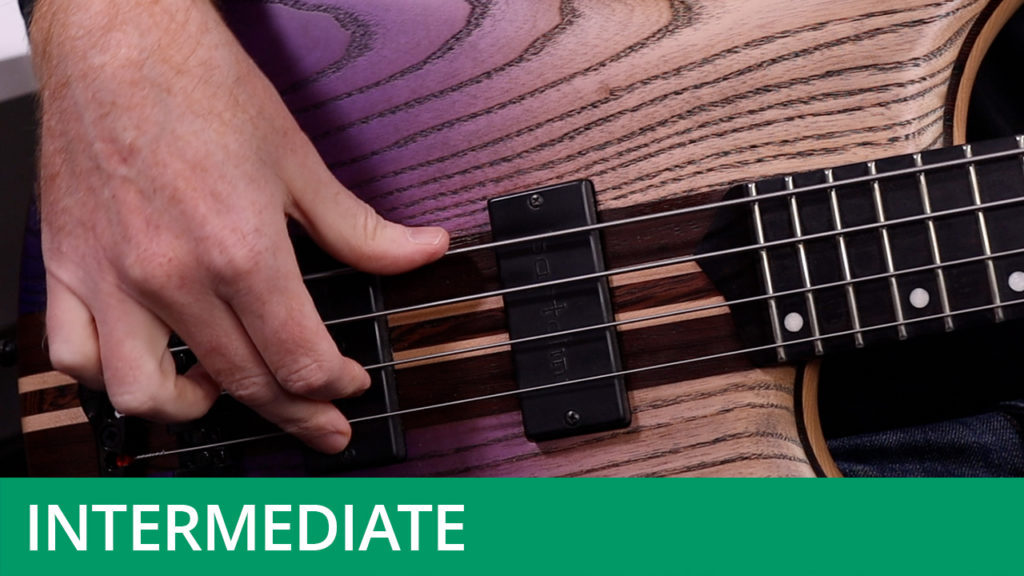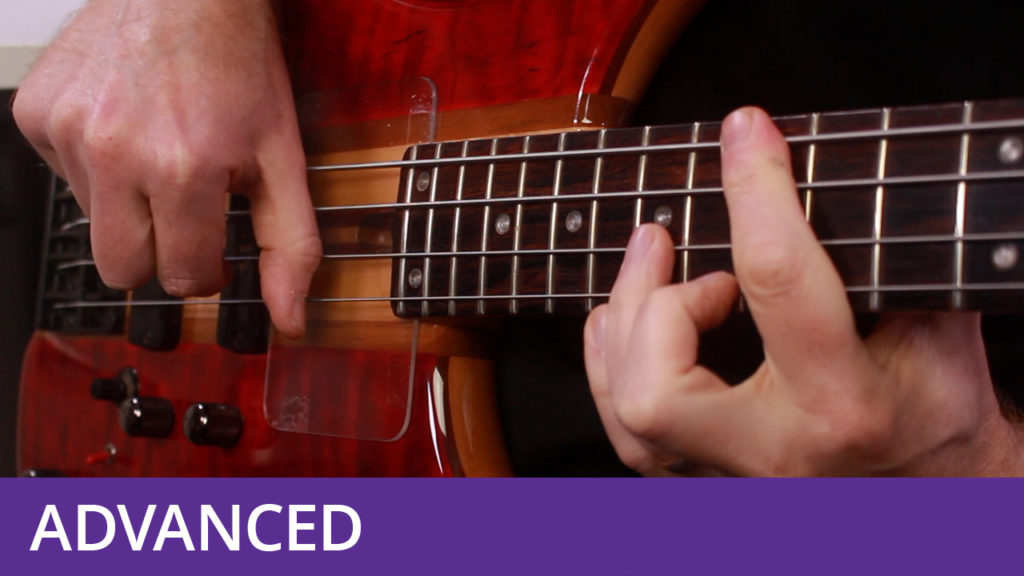Bass Lick of the Week #34
Course Duration: | Difficulty Level: 4
This week’s exercise is a chordal line that features a lot of harmonics.
This line is built from chords that are played as a combination of harmonics and fretted bass notes. The opening chord is a B power chord (root-fifth-octave) and is played by fretting the B at the second fret of the A-string, and the harmonics at the fourth fret of the D and G-strings. It can be difficult to fret some notes and only lightly touch others, so practice playing this basic chord shape before moving on. The notes should be plucked using the chordal fingerstyle technique - use your thumb for the A-string, first finger for the D-string and second finger for the G-string.
The opening B chord is followed by a Cadd9 chord, which is fretted in the same way. This is followed by an arpeggiated Gadd9 chord - this three-chord movement forms the backbone of the line. Note that the second time around, the harmonics change for the G chord, making it a G^9 (bar 4). A short turnaround figure is played in bars 6-8 using Eb^7 and F6 chords.
When playing this line you’ll need to try to allow all notes to ring for as long as possible throughout the bar. You should also allow the notes to ring into one another where possible, to enhance the chordal nature of the part. Harmonics work well in chords on the bass because they are much higher in pitch than the fretted notes - the separation between the two works really well for full-sounding chords.
I recorded this line using a Zon Sonus bass, favouring the bridge pickup - this allows the midrange to speak out more clearly, which is great for harmonics. I recommend that you do the same on your instrument. I also used the EBS UniChorus pedal when recording the line, and applied some Reverb digitally. Both Chorus and Reverb sound great for lines such as this.
To download the backing track and PDF worksheet for this exercise, please visit the Free Stuff section of the website.




